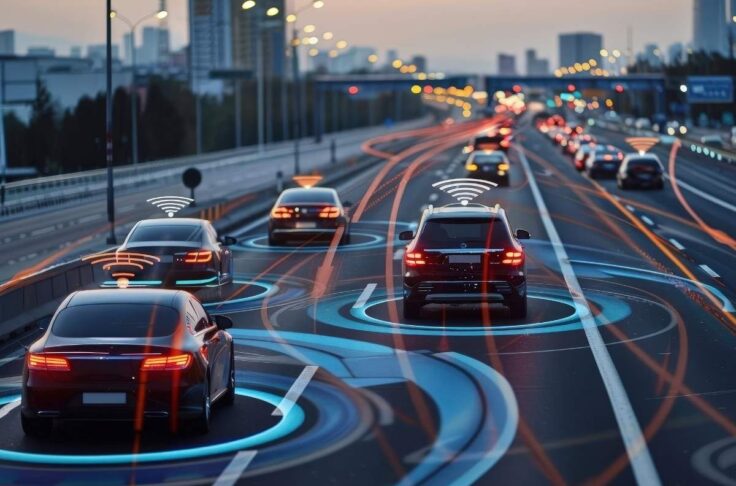How Shared Mobility Builds Better Cities
Summary

In order to get a car-city like Los Angeles to become a pedestrian-friendly city like Amsterdam, cities can take various initiatives to get them going in the right direction. The first initiative we will cover in our two-part series is about community spaces and how it supports a better city for everyone.


- Improve overall well-being – People gravitate towards welcoming environments to get away from the hustle of everyday life. The ability to find a place that provides comfort in today’s time-sensitive world is highly valued. Similarly, relying on shared mobility options reduces the financial stress and obligations that come with owning private vehicles, and encourages people to opt for healthier commuting options like walking or biking
- Convenience and flexibility – Having more options available automatically gives people more control of how they spend their time and where. By not being restricted to limited public spaces or transportation options, people can plan their day based on their own needs and priorities
- Be a part of a changing culture – There is a growing preference for experiences over material items, so it’s not surprising that people crave the experience of enjoying public spaces. Similarly, people do not want to be tied down to just one way of getting around and prefer to share assets such as vehicles or bikes instead
Related Posts

Car Sharing, Shared Mobility, Technology
Connected Cars in Shared Mobility – A Future Vision for 2035
By 2030, up to 95% of new vehicles sold worldwide will be connected cars - meaning they will be able to communicate with external devices. In this article, we dive into four car sharing use cases to discover how technology might change our mobility behavior in the future.

Car Sharing, Expert Interviews, Shared Mobility
Insights Interview on Car Sharing in South Korea
We interviewed Jieun Choi, Head of Marketing Department of G car, about the history of the South Korean market, synergies to other mobility markets, the South Korean regulatory framework and the future of car sharing in South Korea.

Car Sharing, Shared Mobility
12 European Car Sharing Associations and Networks: An Overview
Over the years, several car sharing associations and networks have emerged across Europe. Their goal: Helping operators in their country to grow their business. Here is a list of 12 important addresses you need to know.